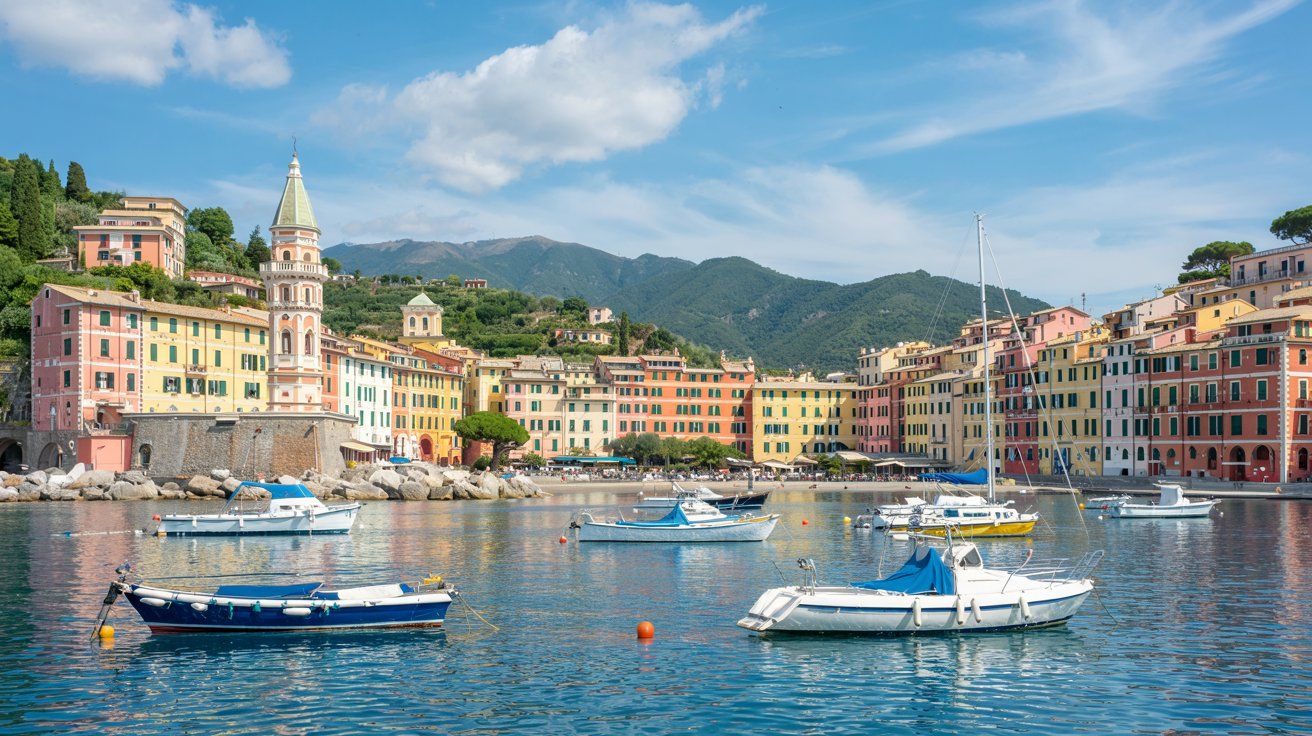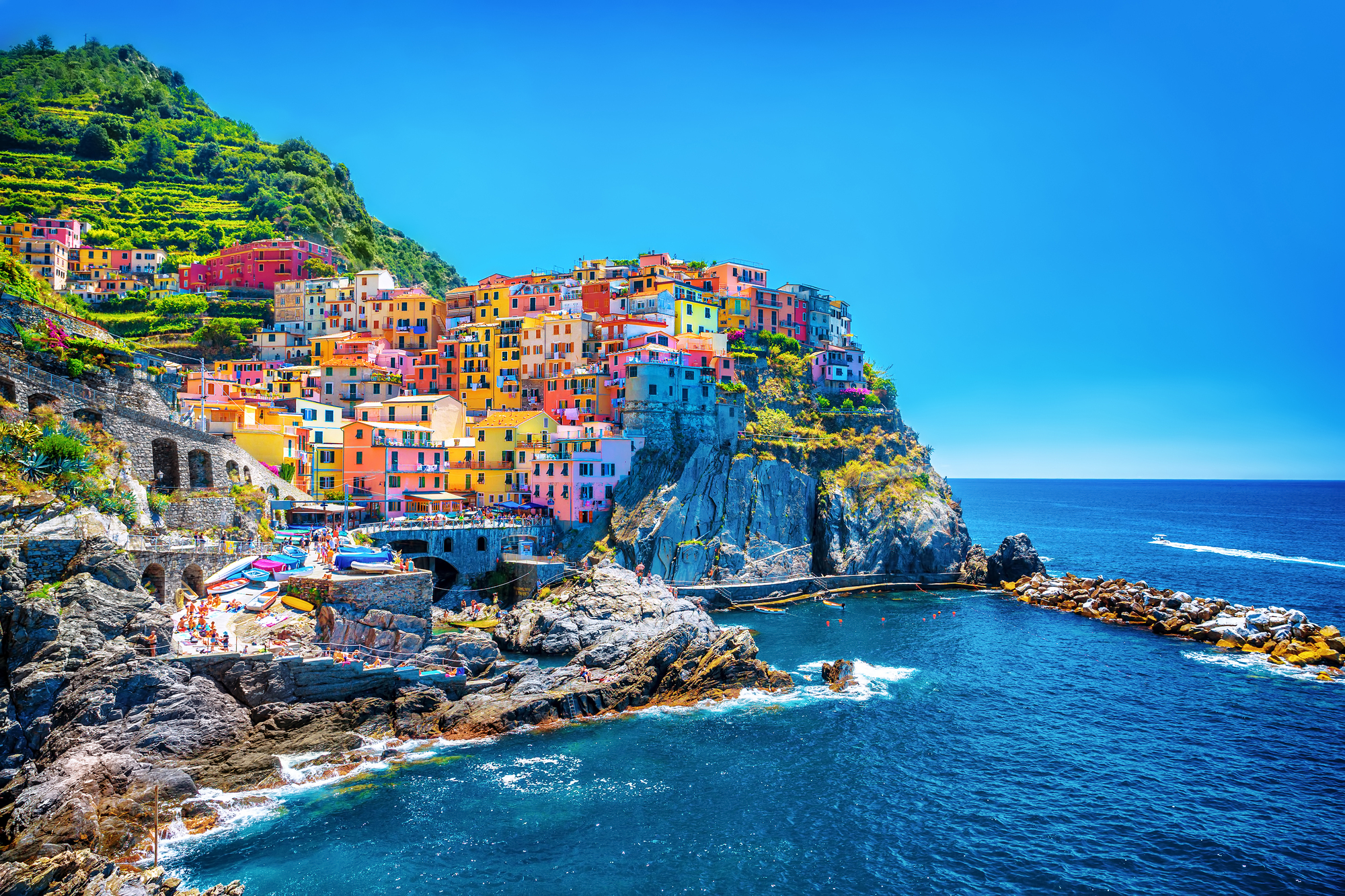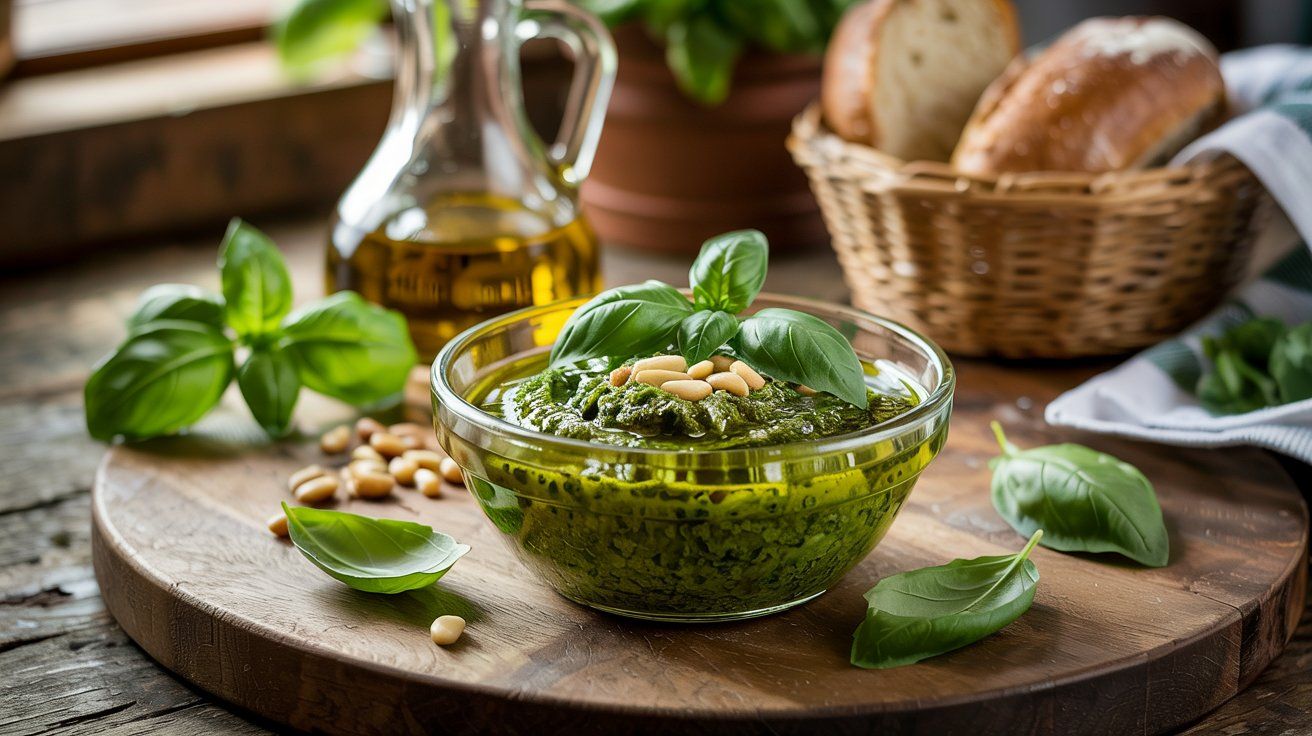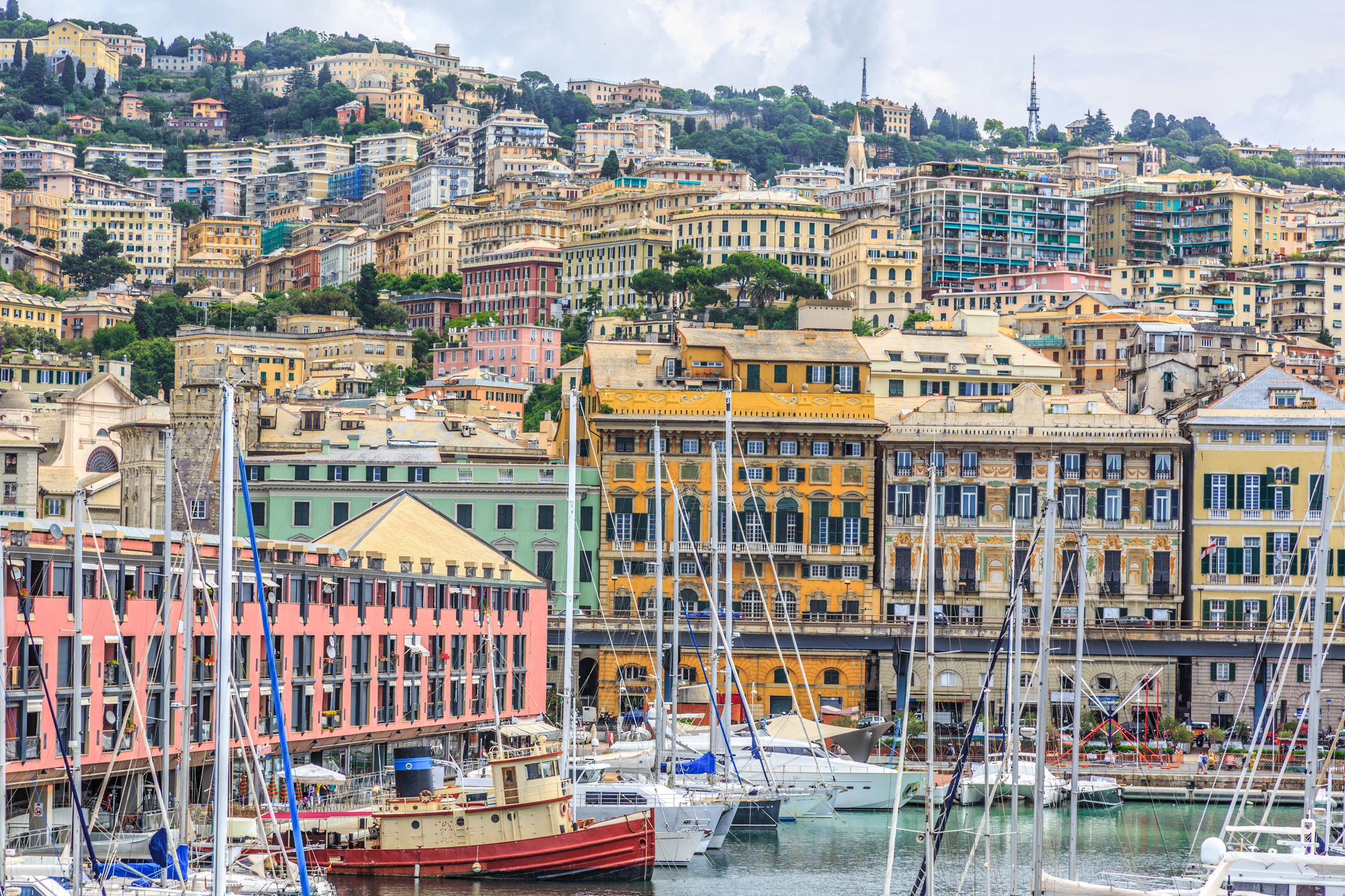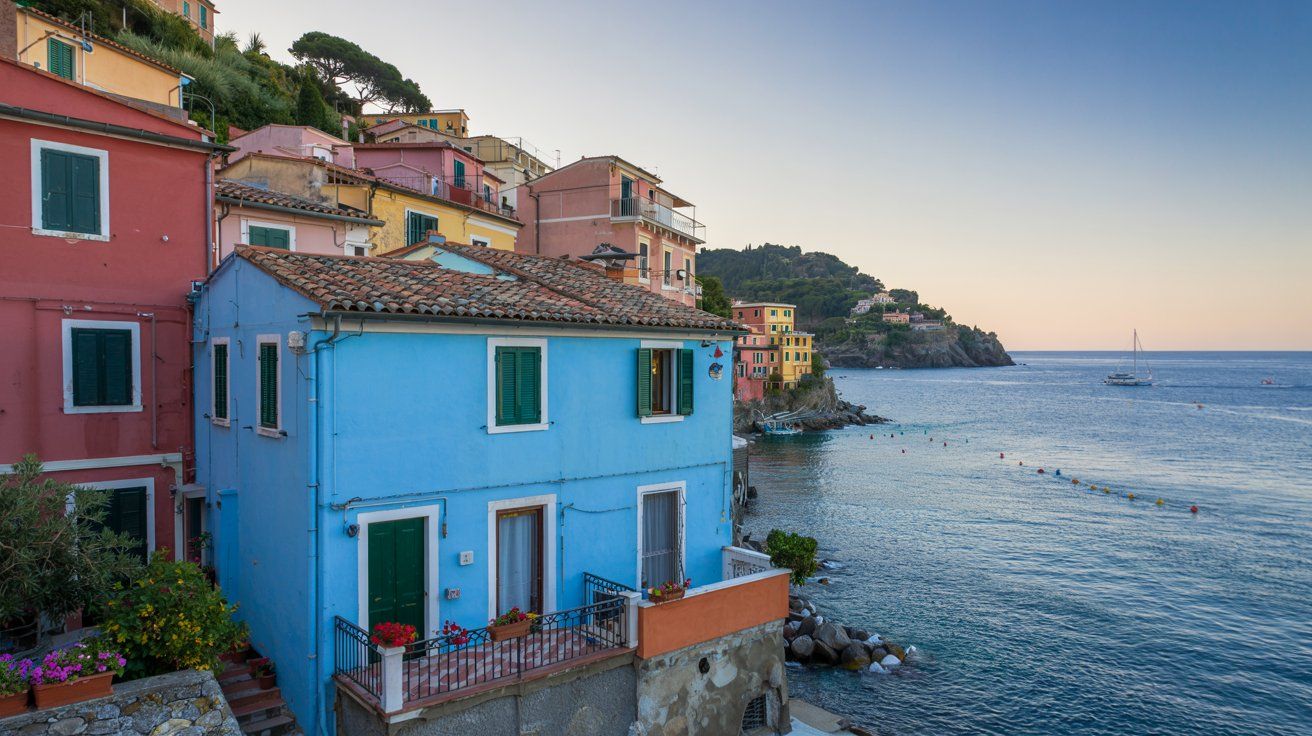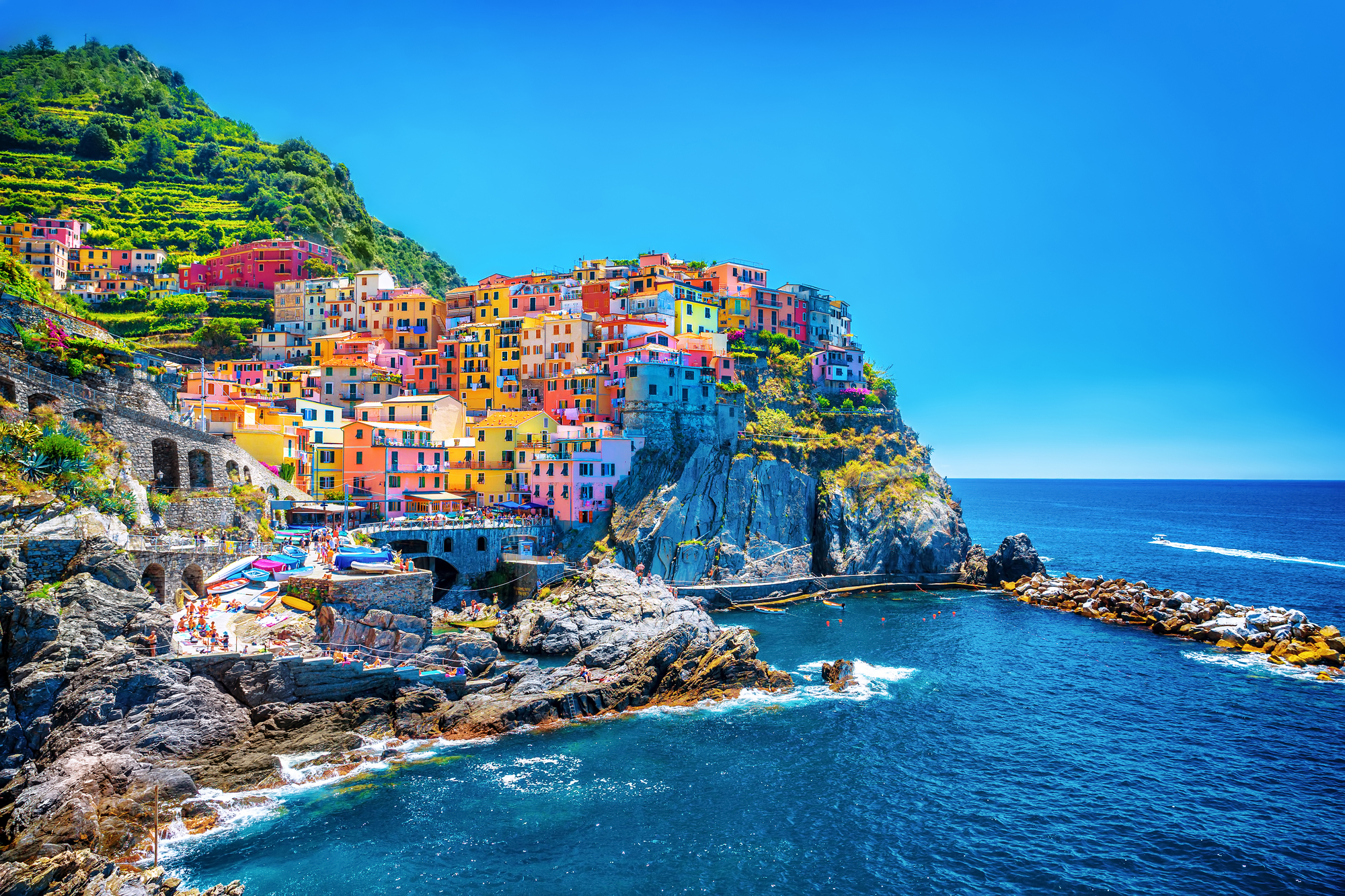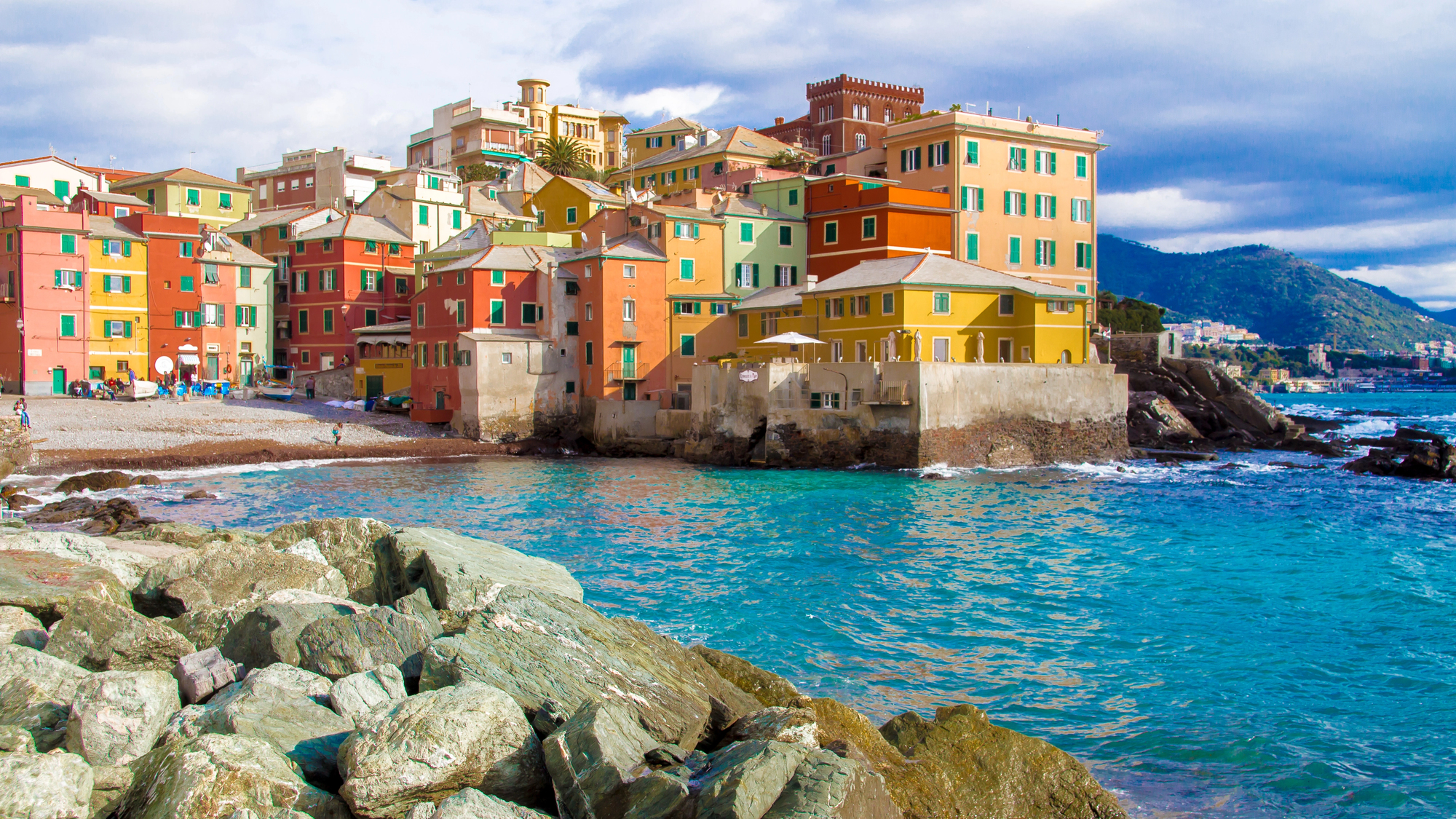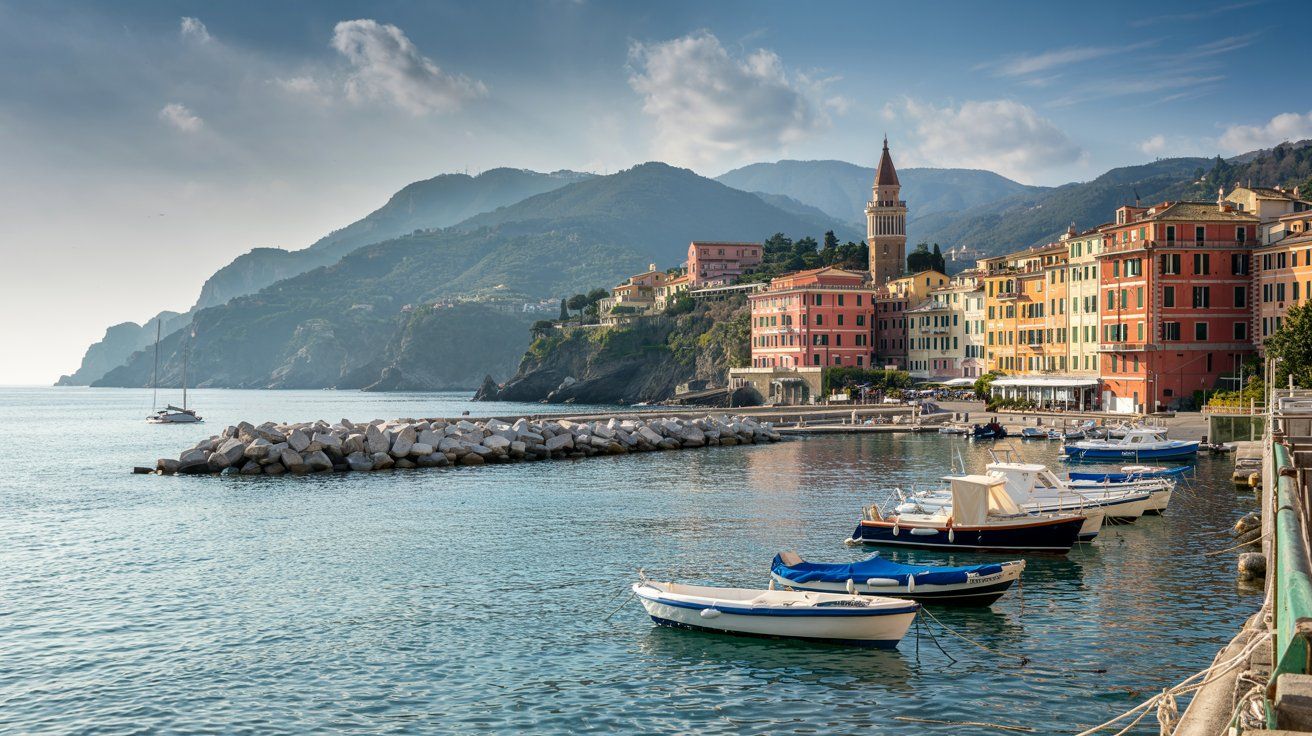Nestled in the northwest of Italy, the Polcevera Valley stretches through Genoa, taking its name from the river that flows through it. This vibrant area blends industrial landscapes with rich cultural heritage, creating a unique experience for visitors seeking authentic Italian life beyond typical tourist destinations. The Val Polcevera is one of two major valleys bordering Genoa’s historic core, connecting the city to the countryside and serving as an important corridor to Piedmont region.
As you explore this densely populated valley, you’ll discover neighborhoods bustling with industrial and commercial activities alongside peaceful spots that preserve the area’s history. Ancient paths that once formed vital trade routes still wind through the territory, telling stories of Genoa’s mercantile past. The valley’s strategic importance continues today, making it a fascinating study in how modern urban life intertwines with centuries of Italian history.
Get a discount of 15% to 70% on accommodation in the Italian Riviera! Look for deals here:
Italian Riviera Hotels, Apartments, B&Bs
Walking through Polcevera Valley gives you a glimpse into the real Genoa—where locals live, work, and maintain traditions away from the more touristy harbor area. The recently developed Parco del Polcevera has breathed new life into the valley, creating a green space for recreation and community gathering. This blend of working-class neighborhoods, industrial heritage, and natural beauty offers you an authentic slice of Ligurian life often missed by travelers focusing only on Genoa’s historic center.
History of Polcevera Valley
The Polcevera Valley has ancient roots dating back thousands of years. It was already mentioned in a bronze table from 117 B.C., highlighting its historical significance in the region.
This valley has always served as the main connection route between Genoa and Piedmont. The strategic location made it valuable to the Romans, who recognized its importance for transportation and commerce.
The Ligurian tribes known as Viturii Langates inhabited the upper Polcevera valley before Roman influence spread through the area. These indigenous people were gradually integrated into the expanding Roman territories.
Throughout centuries, the valley developed as both an agricultural and later industrial center. Its natural path along the Polcevera torrent created an ideal corridor for transportation development.
In the modern era, the valley became known for its industrial architecture and infrastructure. The construction of blast furnaces and manufacturing facilities transformed the rural landscape into an industrial hub.
The most notable modern structure was the Morandi Bridge, designed by engineer Riccardo Morandi. Built between 1963 and 1967, this concrete viaduct stretched 1.18 kilometers across the valley at a height of 45 meters.
Tragedy struck on August 14, 2018, when the bridge collapsed during heavy rainfall. This disaster claimed 43 lives and devastated the Genoa community and all of Italy.
Following this tragedy, an extensive reconstruction project began. The new Genoa San Giorgio Bridge now stands in its place, representing both renewal and remembrance for the victims of the collapse.
What to See in Polcevera Valley
The Polcevera Valley offers visitors a unique blend of natural beauty, historic sites, and modern architectural wonders. This often-overlooked area of Genoa deserves your attention for its rich cultural heritage and stunning landscapes.
Start your exploration at the Madonna della Guardia Sanctuary, locally known as “the Guard” sanctuary. This religious site sits high in the hills and provides breathtaking panoramic views of the valley below.
The historic Bronze Table of the Polcevera Valley is a fascinating archaeological treasure. This ancient document reveals important details about the area’s history during the second century BCE and gives insight into early settlements.
Murta, a charming hillside location, has maintained its typical Genoese character with small houses and gardens. This picturesque spot hosts special events throughout the year and offers a glimpse into traditional local life.
For nature lovers, the new Polcevera Park designed by renowned architect Renzo Piano breathes fresh life into the valley. This innovative space combines:
- Mediterranean biodiversity gardens
- Photovoltaic energy systems
- Wind towers harnessing natural resources
- Beautiful botanical collections
The park represents an inspiring urban renewal project following the tragic bridge collapse in 2018. The new cable-stayed bridge with its elegant elliptical section stands as a symbol of resilience.
Don’t miss the chance to ride the Casella train, a scenic excursion that takes you through the valley’s most beautiful landscapes. The journey offers excellent photo opportunities of the surrounding hills.
The valley also features several hiking trails connecting to the Genoa Forts system and Righi area. These paths let you experience the region’s natural beauty while discovering hidden historical gems along the way.
How to Get to Polcevera Valley
Reaching Val Polcevera from Genoa is straightforward with several transportation options. You can make your way to this historic valley using public transit, private vehicles, or eco-friendly alternatives.
The fastest option is by taxi, which takes approximately 13 minutes and costs between €18-€22. This is ideal if you’re short on time or traveling with luggage.
Genoa’s extensive public transit system makes reaching Val Polcevera simple and affordable. Over 140 bus lines serve the city, with Line 9 providing direct service to the valley. The city also offers an underground line, two funiculars, and a rack railway that can help you navigate the area.
For those embracing sustainable mobility, Genoa has been improving its bike-pedestrian infrastructure. The city’s recent developments include six major bridges and 12 footbridges specifically designed for pedestrians and cyclists.
Smart mobility options are growing in Genoa, with ride-sharing and electric scooter rentals becoming increasingly popular ways to access Val Polcevera while reducing your carbon footprint.
If you’re driving yourself, follow signs for the valley from central Genoa. The route is well-marked, though traffic can be heavy during rush hours.
Walking enthusiasts can explore the network of footpaths that connect central Genoa to Val Polcevera, offering stunning views along the way.
Polcevera Valley Visitor Information
The Polcevera Valley offers a unique blend of industrial heritage and renewed green spaces that make it worth exploring when visiting Genoa. The valley stretches from the city center toward the countryside, connecting Genoa to the Piemonte region.
Recent revitalization efforts have transformed parts of the valley, particularly with the new Parco del Polcevera. This park breathes fresh life into an area that faced challenges after the Morandi Bridge collapse in 2018.
Getting There:
- By bus: Several local lines connect from Genoa’s center
- By train: Stations along the Genova-Turin railway line serve the valley
- By car: Accessible via the A7 highway (Genova-Milano)
What to See:
The Bronze Table of Polcevera Valley is a must-see historical artifact that reveals fascinating details about the area’s ancient past. It offers insights into life during the second century BCE.
Throughout the valley, you’ll find a mix of industrial heritage sites and modern sustainable developments. The area features six large bridges and twelve footbridges connecting different parts of this densely populated region.
The new parks incorporate smart energy solutions including solar collectors and water management systems that showcase Genoa’s commitment to sustainability and innovation.
Best Time to Visit:
Spring and fall offer pleasant temperatures for exploring the valley’s outdoor spaces and walking paths. Many commercial and community activities happen year-round in this busy district.
The valley’s transformation represents Genoa’s resilience, with new socialization areas and green spaces where you can experience both the historical and forward-looking aspects of this Italian region.
Where to Stay Near Polcevera Valley
The Polcevera Valley offers several comfortable accommodation options for travelers exploring this part of Genoa. You’ll find a range of hotels that provide convenient access to both the valley and the city center.
Mercure Genova San Biagio stands out as a popular choice in the Val Polcevera area. This hotel offers modern amenities and serves as an excellent base for your explorations of the valley and surrounding regions.
Hotel Bellevue provides another quality option for your stay. With comfortable rooms and helpful staff, you’ll enjoy a pleasant experience while visiting the Polcevera area.
For budget-conscious travelers, Hotel Le Tre Stazioni offers good value accommodations. Its location makes it convenient for getting around Genoa and exploring the Italian Riviera coastline.
Prices in the Val Polcevera area typically start from $68-$78 per night, making it more affordable than staying in Genoa’s historic center.
Most hotels in this area offer full refundability on bookings, giving you flexibility with your travel plans.
If you prefer staying closer to Genoa’s attractions while still having access to Polcevera Valley, consider the Bristol Palace Hotel. Located about 20 minutes from various notable sites, it provides a luxurious option with excellent connectivity.
When booking, check if shuttle services are available, as some hotels like Tower Genova Airport Hotel offer transportation to make your stay more convenient.
Things to Do Near Polcevera Valley
The Polcevera Valley offers visitors a unique glimpse into Genoa beyond the typical tourist path. While exploring this area, you can visit the historic Abbey of Boschetto, built beneath Coronata Hill, once famous for its vineyards producing Polcevera Valley Coronata DOC wine.
No trip to Genoa is complete without visiting the Aquarium of Genoa, Italy’s largest aquarium. Home to over 12,000 marine animals, it’s a perfect activity for families and nature enthusiasts alike.
Take time to explore Genoa’s historic center. You can admire the impressive San Lorenzo Cathedral with its striking black and white striped façade and visit the stately Doge Palace, which tells the story of Genoa’s powerful maritime past.
The Opera House offers a taste of Genoa’s rich cultural heritage, while the charming fishing village of Boccadasse provides a picturesque setting for a seaside stroll.
Art lovers should head to the Strada Nuova Museums, comprising three magnificent palaces: Palazzo Rosso, Palazzo Bianco, and Palazzo Tursi. These palaces house impressive art collections spanning centuries.
For a deeper understanding of Genoa, consider joining one of the many walking tours available throughout the city. These guided experiences offer insights into the city’s architecture, history, and local traditions.
The port area is worth exploring too, with various boat tours departing regularly for those wanting to see Genoa from the water.
Get a discount of 15% to 70% on accommodation in the Italian Riviera! Look for deals here:
Italian Riviera Hotels, Apartments, B&Bs


